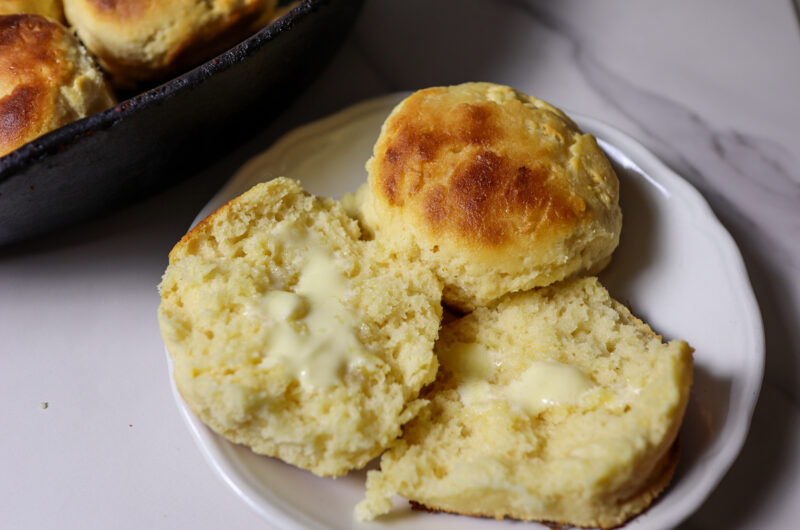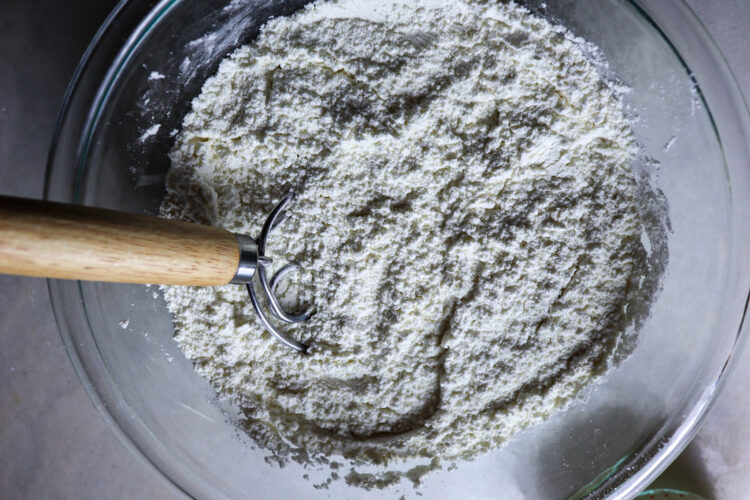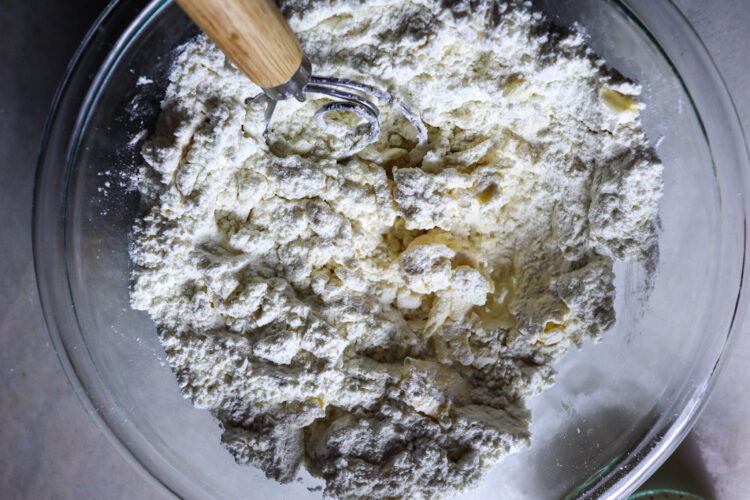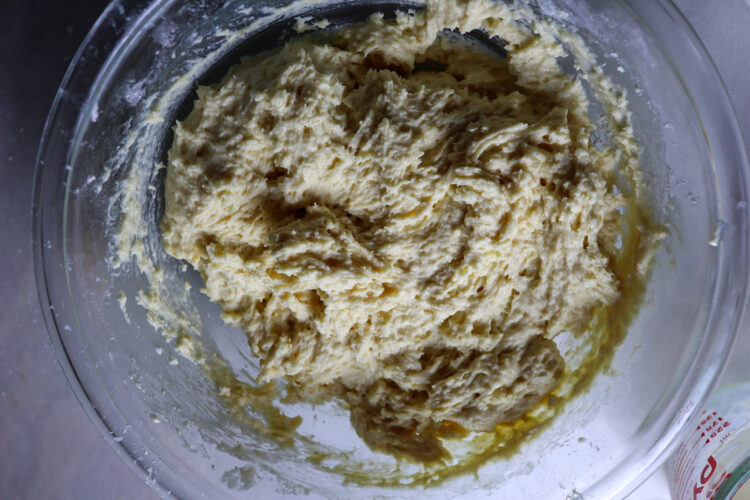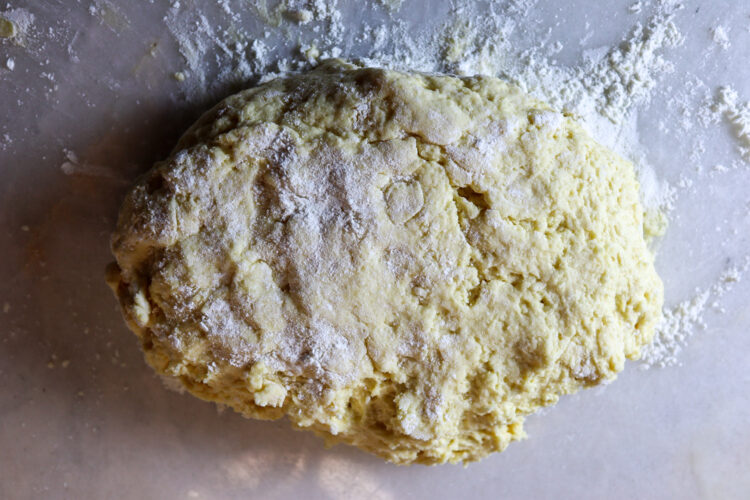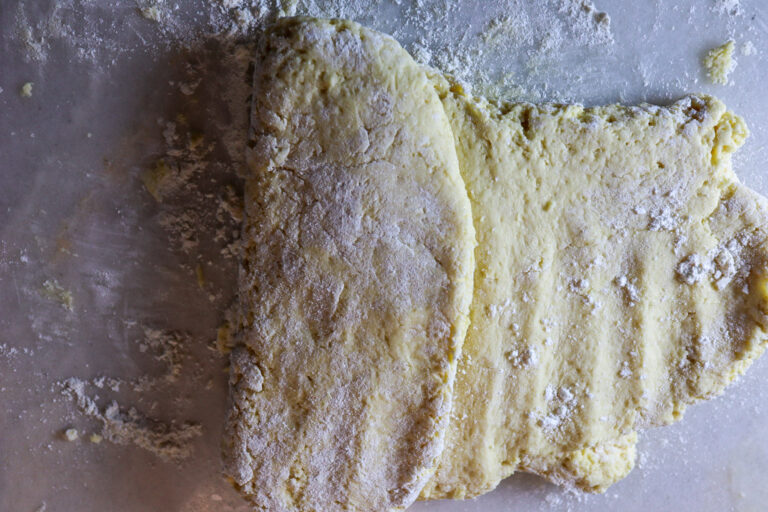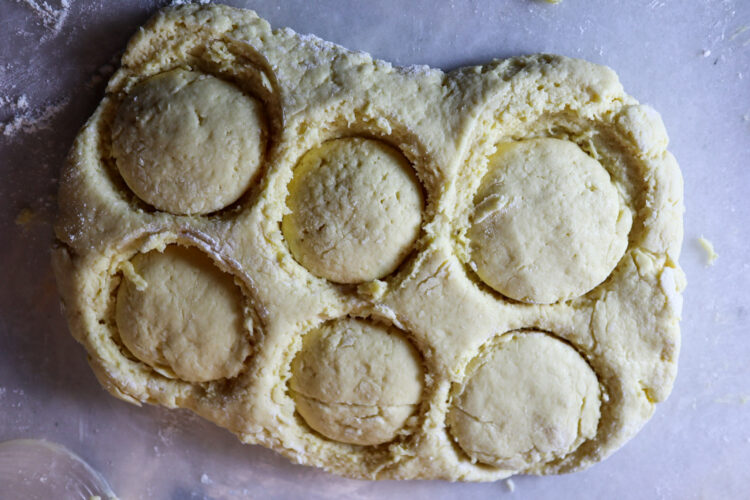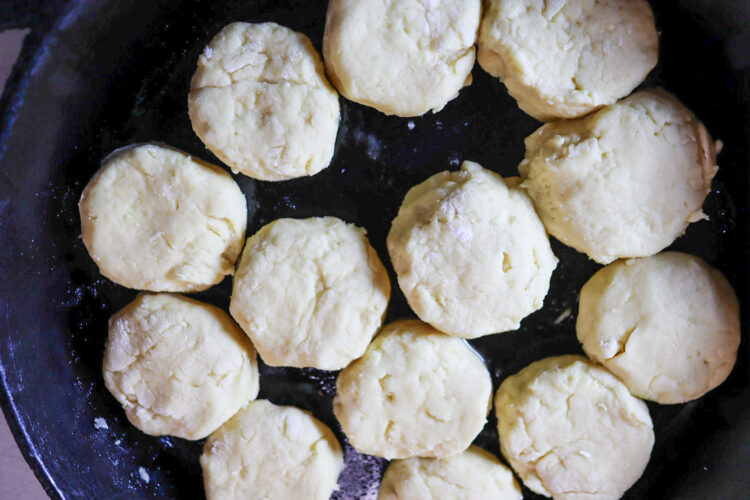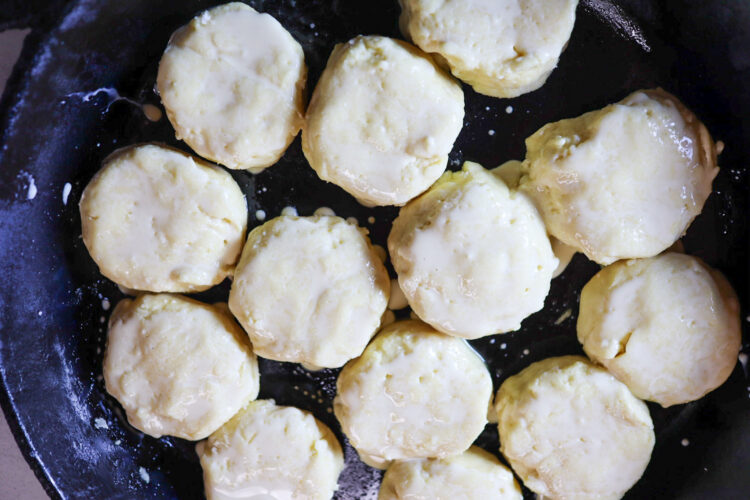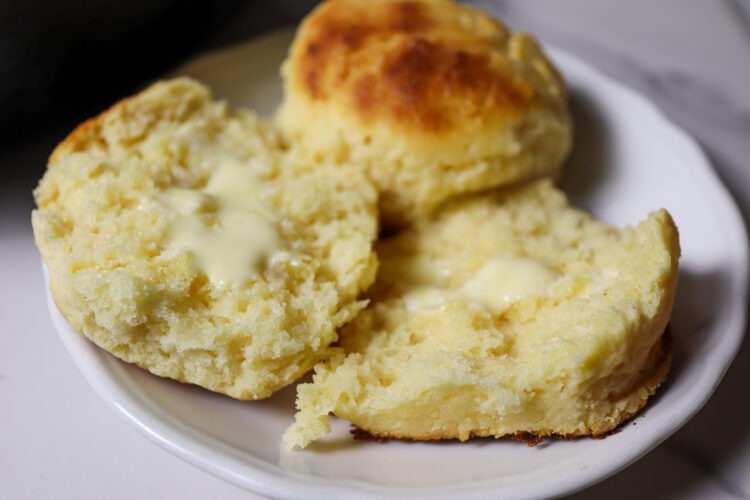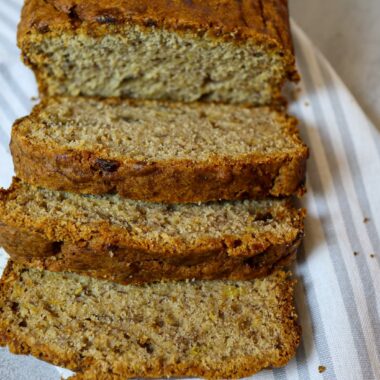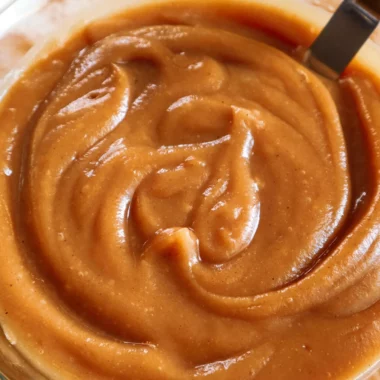Making biscuits is hard. Trying to make gluten-free biscuits is even harder. Sometimes, the biscuits come out hard; other times, they are dense and anything but flaky.
I know how disappointing it is to put in so much hard work only to end up with less than stellar gluten-free biscuits. That’s why I created this gluten-free biscuit recipe. I have tested it repeatedly using several different gluten-free flour blends until I got it right before sharing it with you.
These gluten-free biscuits are light, flaky, delicious, and buttery. They are easy to make, and you can enjoy them with jam, butter, gravy, blueberry butter, or as a side dish.
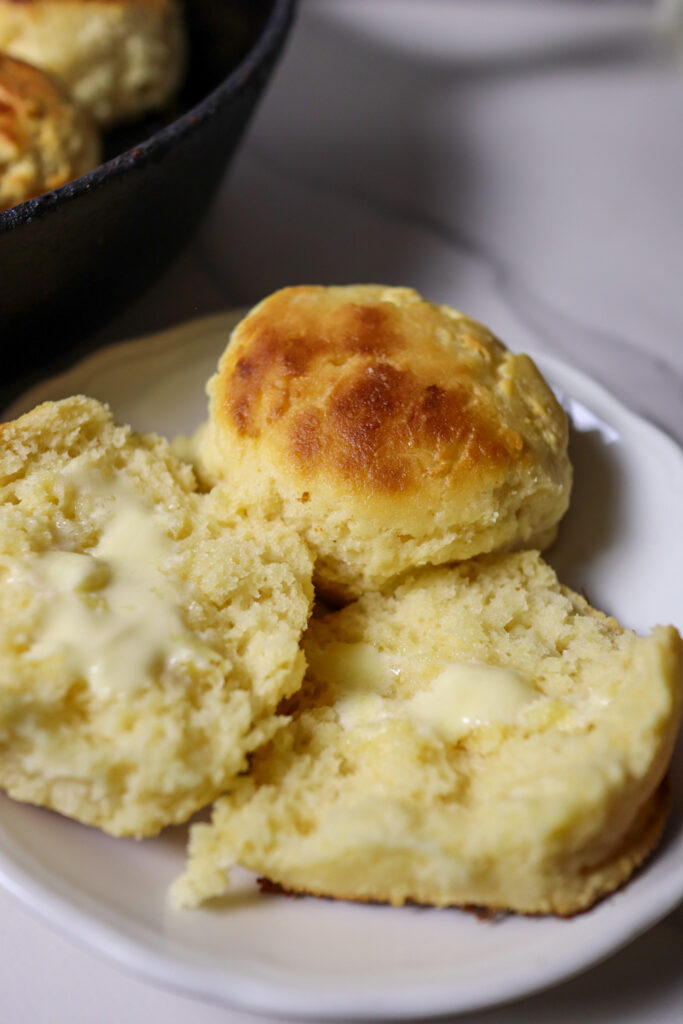
The Best Gluten-Free All-Purpose Flour For Making Biscuits
All gluten-free flours are not made equal. Depending on the gluten-free all-purpose flour brand you use, you will have different results. Some flour blends produce tough or dense gluten-free biscuits, while others have a metallic aftertaste that makes the biscuits taste awful.
I used Cup 4 Cup gluten-free multi-purpose flour blend to make these gluten-free biscuits. I have tried several gluten-free flour blends to make this biscuit recipe, including my own flour blend. Cup 4 Cup has produced the best results so far.
That being said, you do not have to use this flour blend. You can use your preferred gluten-free all-purpose flour blend.
Make sure you use a cup-for-cup rice-based gluten-free all-purpose blend containing xanthan gum. Xanthan gum helps mimic the texture and elasticity of regular biscuits.
If the gluten-free flour blend already contains xanthan gum, do not add any more xanthan gum to the flour. If you do, you will end up with biscuits that have a gummy texture. If your gluten-free all-purpose flour blend does not have xanthan gum, add 1/2 teaspoon of xanthan gum to it.
Don’t use coconut flour or almond flour to make these biscuits. It will not work.
The goal is to mimic the taste and texture of traditional wheat flour. Almond and coconut flour have different flavors. Additionally, almond and coconut flour give the biscuits a different texture. It’s better to look for a keto or low-carb biscuit recipe that uses these flours.
Tips For Making Gluten-Free Biscuits
I did not have buttermilk on hand. Frankly, it is too expensive in my area, so I make my own by combining whole milk and lemon juice. Yes, I’m cheap. I know.
You do not have to use a substitution. You can add 1 cup of buttermilk to the biscuit dough in place of the whole milk and lemon juice.
Use cold ingredients. The ingredients should be cold so they do not melt the butter before the biscuits are baked.
The colder your ingredients, the better. Little clumps of butter will form when you cut it into the dry ingredients. When you add the wet ingredients, these clumps of butter get trapped between layers of dry ingredients. When you fold the dough, it distributes the butter, creating the pastry layers. As the biscuits bake in the oven, the cold butter melts and releases steam, creating pockets and giving them a flaky texture.
Do not roll out the biscuit dough. Rolling pins are heavy. They can flatten the biscuits too much, creating a dense texture. Lightly dust your countertop with gluten-free flour, then turn the dough on your countertop and pat it into an even layer using your hands.
Whether you use a biscuit cutter or a glass, do not twist it when you cut the biscuits. Twisting the biscuits can seal the edge of the biscuits, causing them not to rise as much. Always press down when cutting biscuits.
Let the biscuits sit in the freezer while the oven preheats. Your hands are warm, which can melt the butter if you handle the biscuits too much. Freezing them allows the butter to firm up and create those flaky layers when they bake in the oven.
Every oven is different, so keep an eye on your biscuits. Check them after 15 minutes to see if they are brown. If not, bake them for another 5 minutes until they are browned.
Folding The Dough
Lamination gives the gluten-free biscuits those flaky layers we all love. The dough is rolled out then folded like a letter. The dough is rotated and folded again to give the biscuits structure. As the biscuitd bake in the oven the butter will melt, creating flaky layers of dough.
To fold the dough, lightly dust your countertop with gluten-free all-purpose flour. Remember, the more flour you add to the biscuits, the harder they will be when baked. Press the biscuit dough out into a rectangle. The goal is to fold the dough in thirds like you are folding a letter.
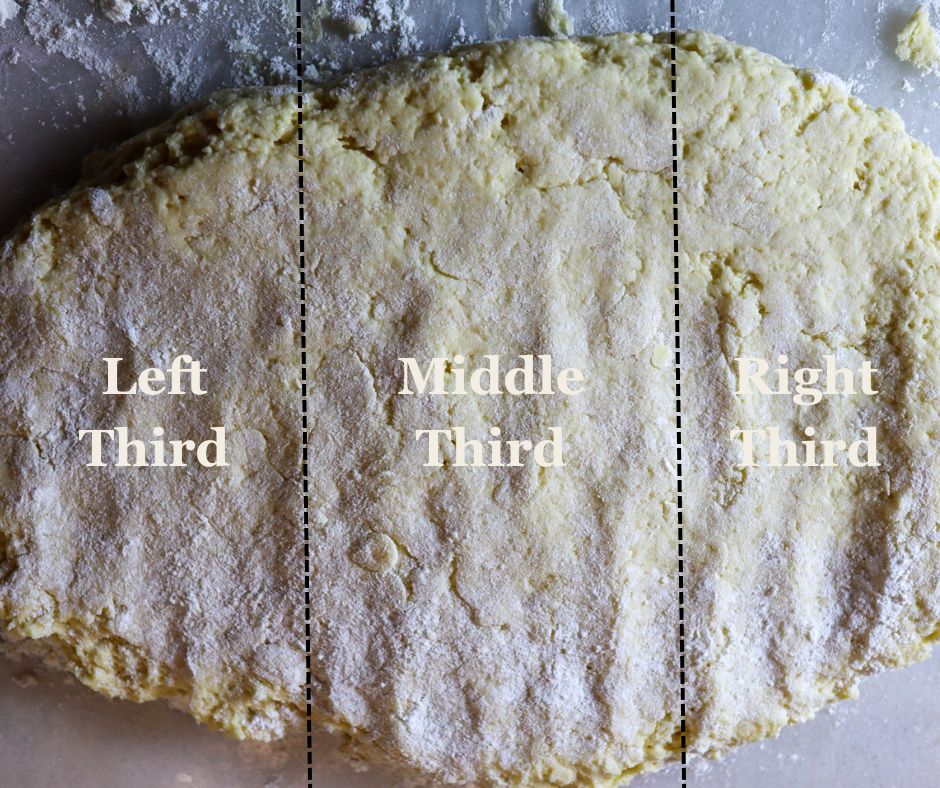
Fold the left-third of the dough over the middle third of the dough.
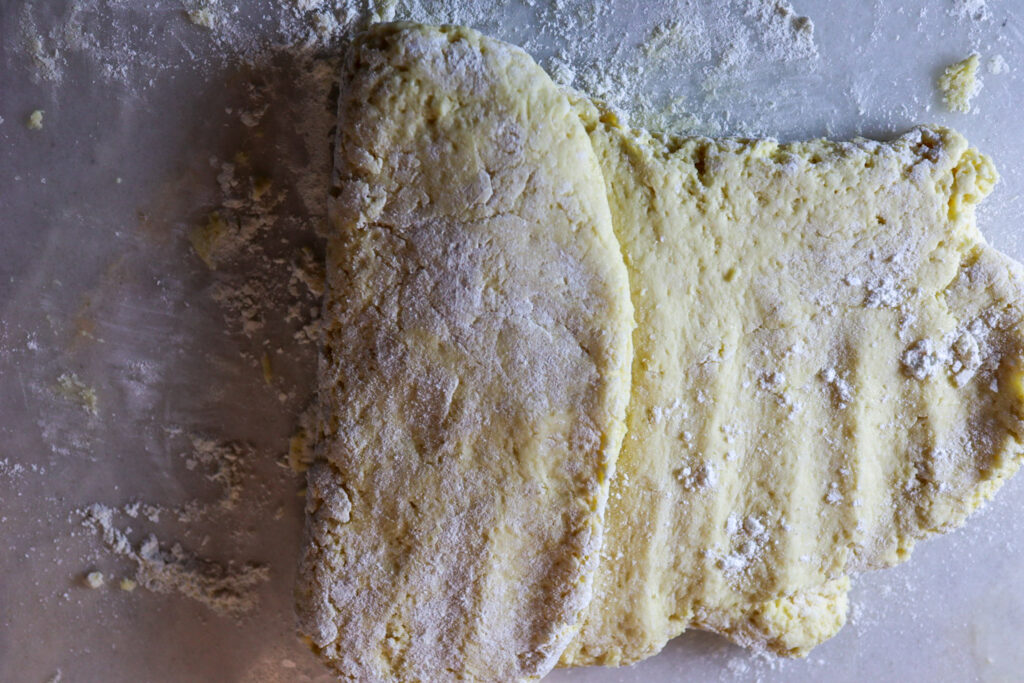
Fold the right-third over the center of the dough.
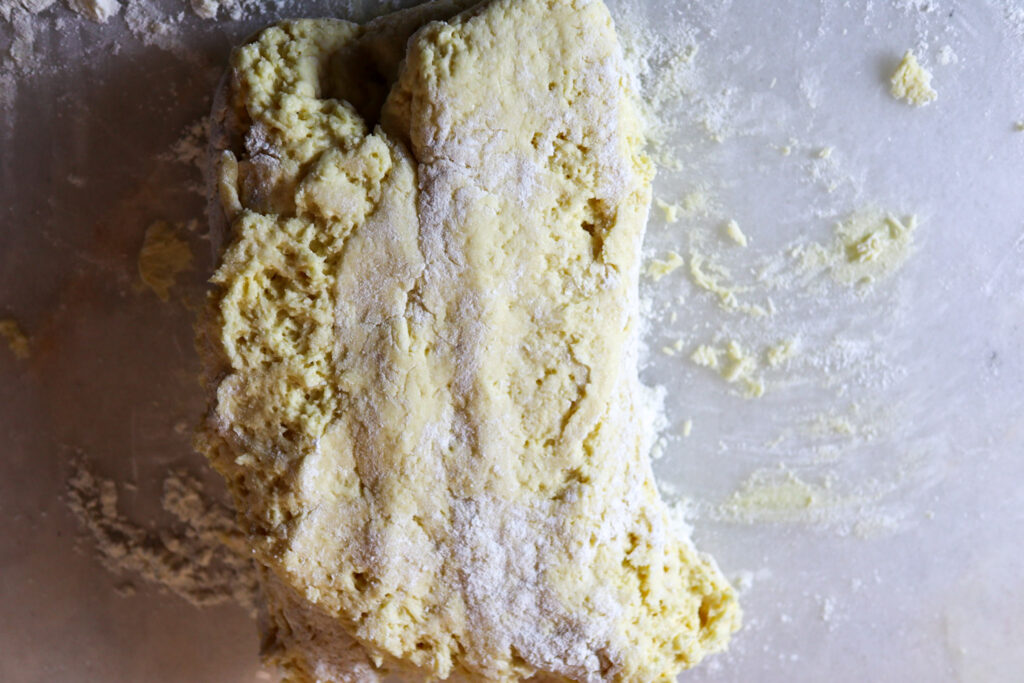
Rotate the dough 90 degrees, then fold the biscuit dough one more time before moving on to the next step.
Bonus Tip
The biscuit dough is very sticky. Use a bench or dough scraper to help you lift and fold the biscuit dough on itself so you do not have to use additional flour.
How To Store Gluten-Free Biscuits
It’s better to eat these biscuits on the day you baked them. However, if you have a few leftover biscuits, place them in an airtight container or a ziplock bag. Store the biscuits at room temperature for 1-2 days.
To reheat the biscuits, wrap them with a damp paper towel. Nuke them in the microwave for 30-60 seconds until they are warm.
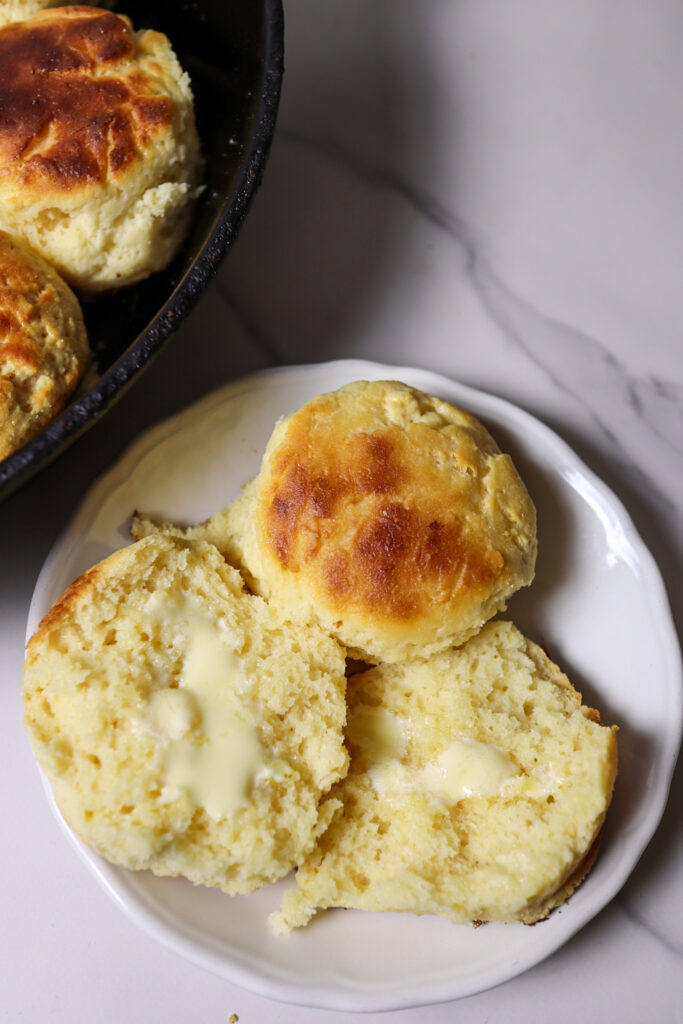
How To Freeze Unbaked Gluten-Free Biscuits
You can freeze unbaked or baked biscuits. To freeze unbaked biscuits, make the dough and cut it into biscuits.
Place the biscuits on a parchment-lined baking sheet and flash-freeze them for 30 minutes. Once frozen solid, place the biscuits in a freezer bag. Freeze them for up to 3 months.
When you are ready to bake the gluten-free biscuits, preheat the oven to 450° F. Arrange them on a parchment-lined baking sheet or greased cast-iron skillet, brush them with whole milk, and bake for 15-20 minutes until golden brown.
How To Freeze Baked Biscuits
Let the biscuits cool completely, then place them in a freezer-safe container. Freeze them for up to 3 months. When you are ready to eat the biscuits, thaw them at room temperature, then heat them in the microwave until warm.
Recommended Recipes:
Gluten-Free Chicken Pot Pie
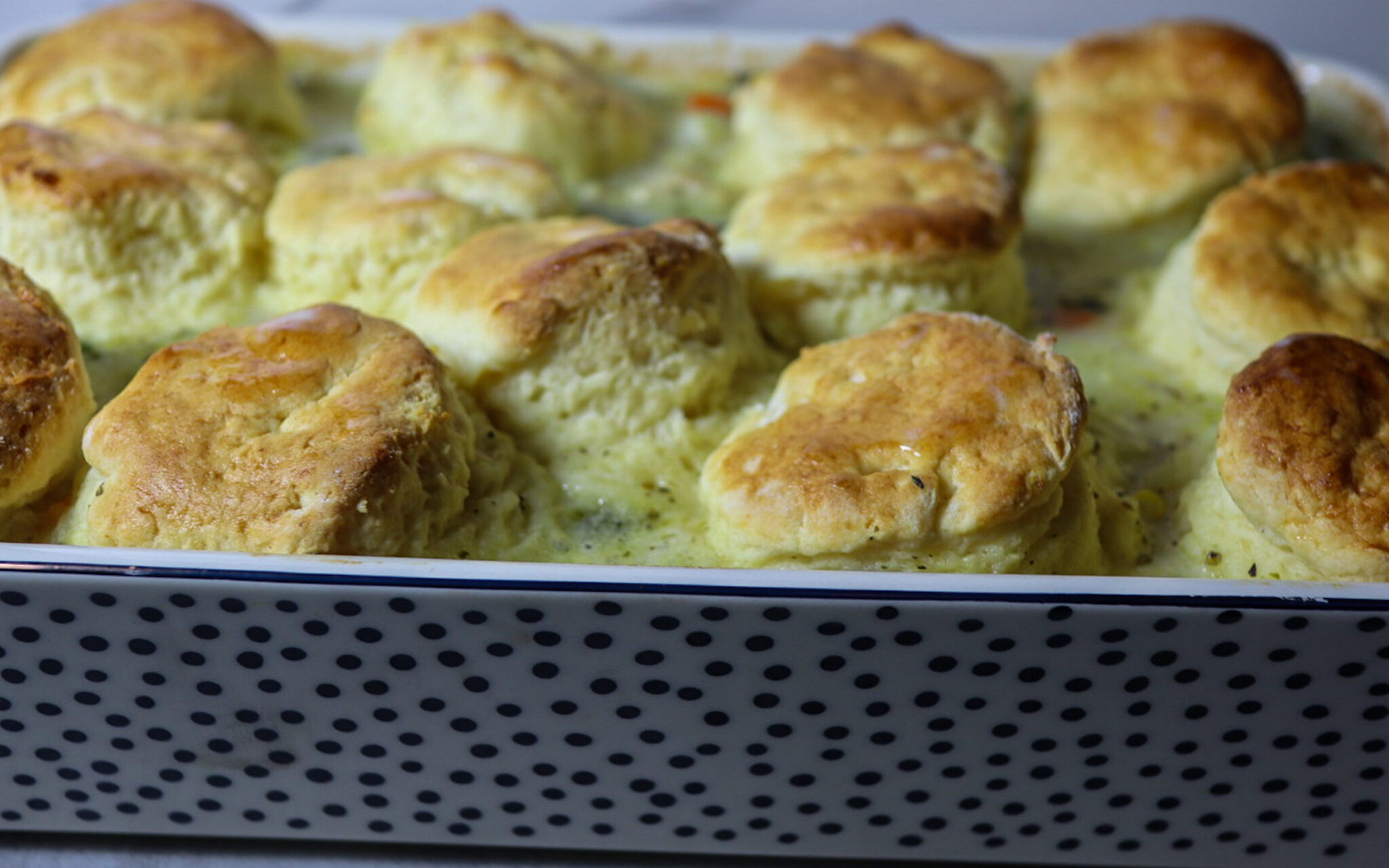
Sour Cream And Onion Chicken
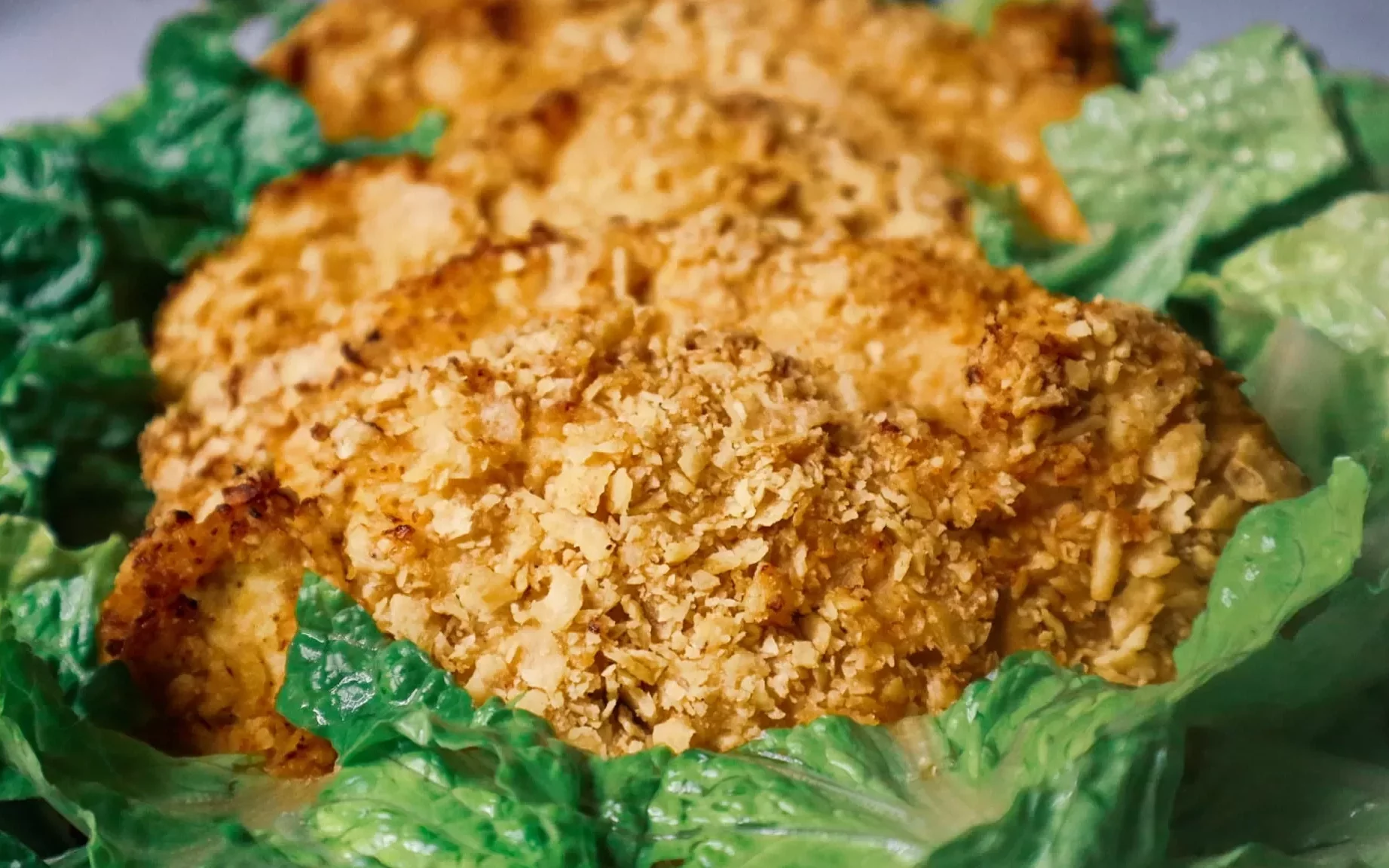
Ground Turkey Spaghetti
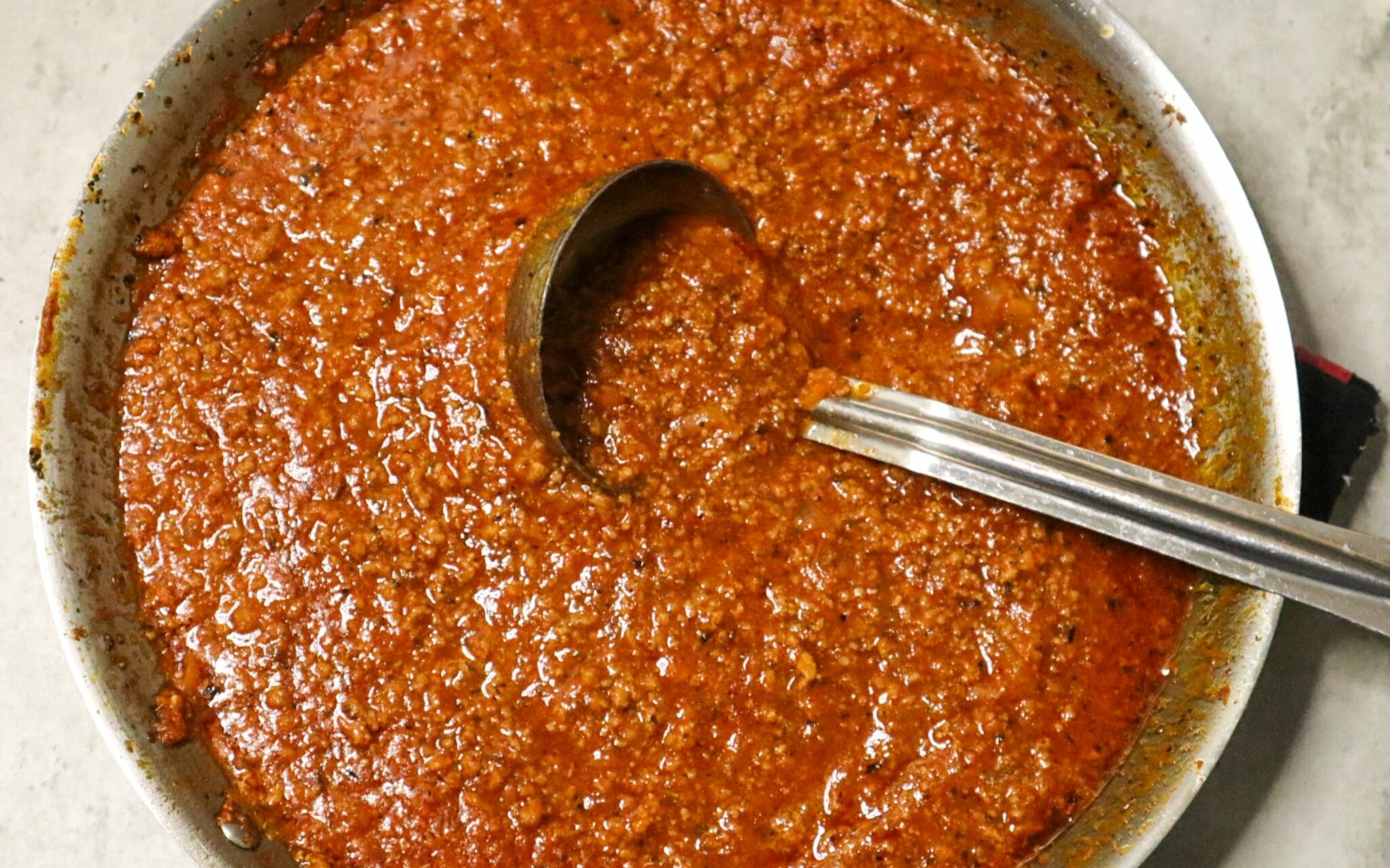
Nutrition Facts
10-12 servings per container
- Amount Per ServingCalories191
- % Daily Value *
- Total Fat
11.6g
17%
- Saturated Fat 7.3g 35%
- Trans Fat g
- Cholesterol 44mg 15%
- Sodium 330mg 14%
- Potassium 7mg 1%
- Total Carbohydrate
19.5g
7%
- Dietary Fiber 2.5g 8%
- Sugars 1.2g
- Protein 3.8g 6%
- Calcium 90%
- Vitamin D 1%
* The % Daily Value tells you how much a nutrient in a serving of food contributes to a daily diet. 2,000 calories a day is used for general nutrition advice.

